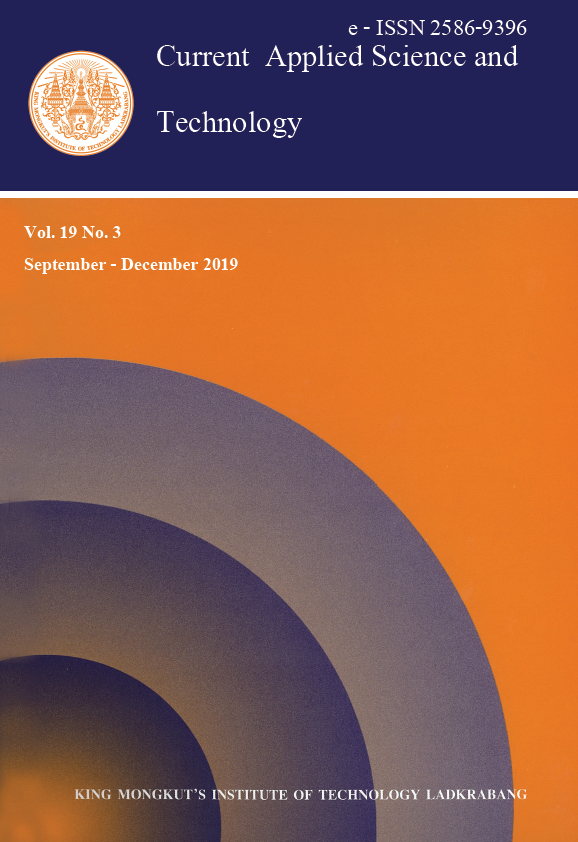The effects of sodium diacetate (SD) and sodium chloride (NaCl) on growth inhibition of four bacterial strains: Escherichia coli, Salmonella Typhimurium, Pseudomonas fluorescens and Staphylococcus aureus were investigated by determining the minimum inhibitory concentration and bactericidal concentrations (MIC and MBC), fractional inhibitory and bactericidal concentration index (FICI and FBCI) and survival of these pathogenic bacteria in cooked duck blood curd. SD provided greater overall inhibition to all tested bacterial strains in comparison with NaCl. The effect of SD + NaCl in combination was partially synergistic or synergistic against these pathogenic bacterial, exhibiting FICI and FBCI of 0.75 and 0.25 respectively for E. coli, 0.62 and 0.62 respectively for S. Typhimurium, 1.00 and 0.62 respectively for P. fluorescens and 0.50 and 0.37 respectively for S. aureus. For cooked duck blood curd, 0.15%(w/v) SD + 1.25%(w/v) NaCl in combination reduced E. coli, Salmonella spp., Pseudomonas spp. and S. aureus (p < 0.05) in the range of 0.63 - 1.10 log cycles and controlled the growth of all four bacteria more than the control sample (P < 0.05) did. Furthermore, the 0.15%(w/v) SD + 1.25%(w/v) NaCl combination controlled the growth of these bacteria in cooked duck blood curd for 6 days of storage, except in the case of E. coli, for which growth was controlled for 4 days of storage. All experimental results were compared to the control sample before storage (p > 0.05). The results indicate that SD in combination with NaCl can be incorporated into cooked duck blood curd to effectively reduce and control growth of pathogenic bacteria at 10oC of storage.
Keywords: organic acid salt; pathogenic bacteria; cooked duck blood curd; cold storage
*Corresponding author: Tel.: 011-662-329-8000 Ext. 6047 Fax: 011-662-329-8519
E-mail: putang3009@hotmail.com
Tangwatcharin*, P. ., & Teemeesuk, W. . (2019). Control of Pathogenic Bacteria in Cooked Duck Blood Curd using Sodium Diacetate and Sodium Chloride. CURRENT APPLIED SCIENCE AND TECHNOLOGY, 306-312.
